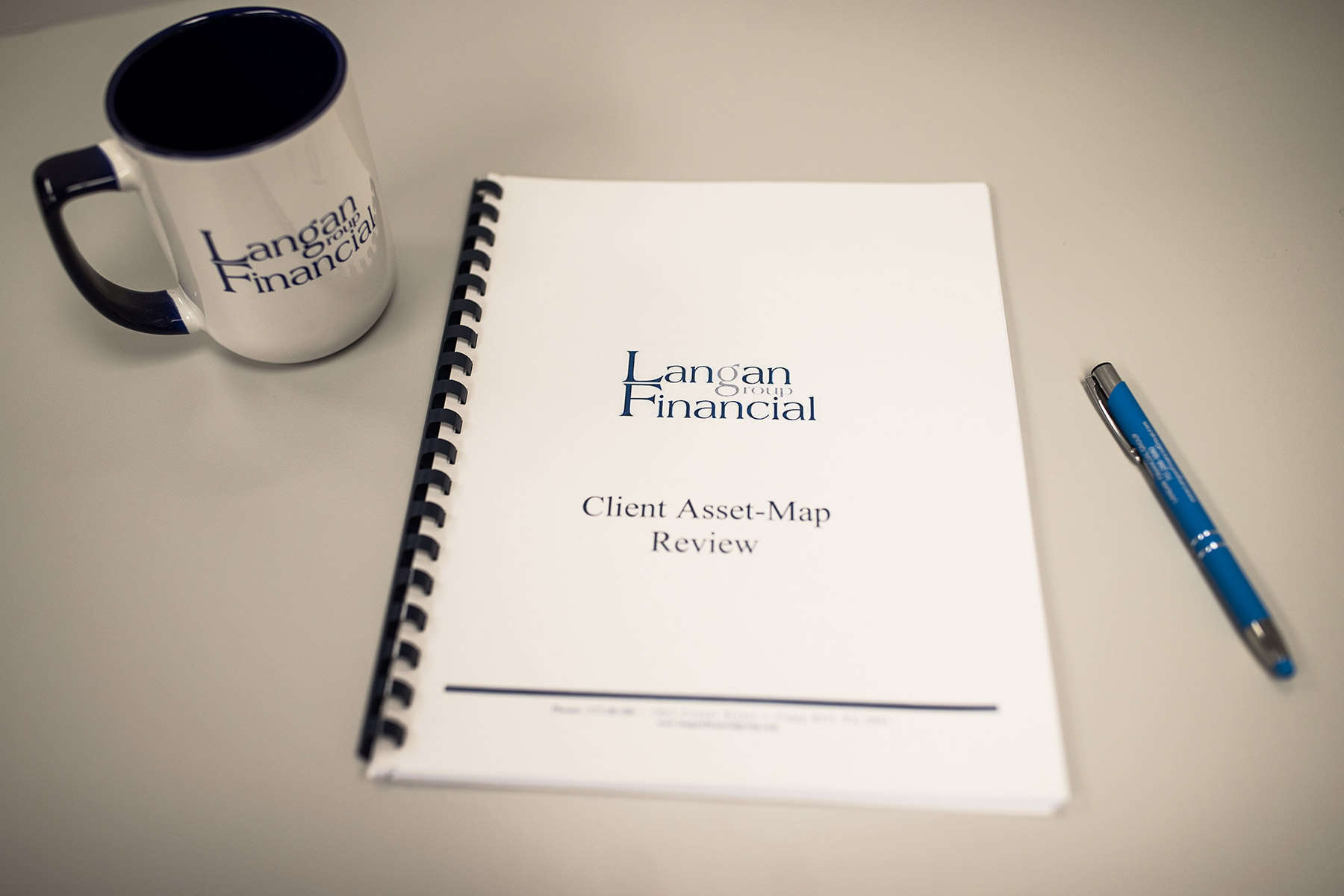
There are two major types of Charitable Remainder Trusts:
- Charitable Remainder Annuity Trusts (CRAT)
- Charitable Remainder Unitrust (CRUT)
These types of Charitable Remainder Trusts are irrevocable trusts that allow for an individual to grant assets to a charity while receiving annual income for a set period of time or for life. An irrevocable trust means, once the trust is set up, changes cannot be made.
When the assets are paid out, at least 10% of the initial net fair market value must be donated to the charity.
What is a Charitable Remainder Annuity Trust?
A charitable remainder annuity trust (CRAT) pays a specific dollar amount each year.
The amount is at least 5% and no more than 50% of the value of the corpus (property in the trust) when the trust is established.
What is a Charitable Remainder Unitrust?
A Charitable Remainder Unitrust (CRUT) pays a percentage of the value of the trust each year to noncharitable beneficiaries.
The payments generally must equal at least 5% and no more than 50% of the fair market value of the assets, valued annually.
What are the Major Differences?
There is one major difference. A CRAT provides a fixed annuity amount each year and prevents additional contributions from being added.
However, a Charitable Remainder Unitrusts distributes a fixed percentage of the trust’s assets while allowing for additional contributions to be made to the current balance.

What are the Major Pros?
A Charitable Remainder Trusts can offer many financial benefits. The biggest benefits include:
- Help plan major charitable donations
- Provide predictable income for life or over a specific time period
- Allow you to defer income taxes on the sale of assets transferred to the trust
- May allow for a partial charitable deduction based on the value of the charitable interest in the trust.
What are the Major Cons?
Because CRTs are irrevocable trust, once it is set up, the trustor has no access or control in the trust. This makes it almost impossible to change its features.
As such, individuals need to be 100% sure this what they want prior to implementing this option.
How do I Decide Which Charitable Remainder Trust is Right for Me?
When it comes to determining which CRT is right for you, there are two perspectives to take; the philanthropic perspective and the financial perspective.
We asked Jenn Doyle from The Foundation for Enhancing Communities, the 18th oldest Community Foundation in the nation which works with numerous charitable trusts, grants, and nonprofits, what is the best way from their standpoint, to choose the right CRT.
She said, “Charitable giving is all about matching your charitable goals with the appropriate giving option. That has been TFEC’s mission since the beginning, inspiring giving by partnering with donors to achieve their charitable goals.”
Deciding on the type of charitable remainder trust (CRT) involves considering your financial goals, the type of income you desire, and the assets you plan to contribute. Here are the key points to consider:
- How would I like to receive income?
- What type of tax benefits do I need?
- What are my financial estate planning goals?
- What are my philanthropic goals?
Charitable Remainder Trust Types of Income Payments:
A CRAT provides a fixed annual income. This income is based on a percentage of the initial asset value placed in the trust.
A CRUT offers variable income based on a percentage of the annual valuation of the trust’s assets.
Charitable Remainder Trusts Tax Benefits:
Both CRATs and CRUTs can offer tax advantages, such as deferral of capital gains tax and a partial income tax deduction based on the remainder interest donated to charity.
CRT Estate Planning:
CRTs are irrevocable, meaning once established, the assets cannot be removed. This can be beneficial for estate planning as it removes the assets from your taxable estate.
CRT Philanthropic Goals:
After all the income payments have been made through the CRT, the remaining assets in the trust go to your chosen charitable beneficiaries.
It is vital these organizations align with your values to ensure your assets are supporting missions you believe in.

What Resources are Available to Help with CRTs?
Due to the complexity of CRTs, it’s advisable to consult with an estate planning attorney or tax professional to ensure the trust is set up correctly and aligns with your financial and philanthropic goals.
Remember, the right type of CRT for you will depend on your specific circumstances and objectives. It’s essential to get professional advice to navigate the legal and tax implications effectively.
Local Community Foundations can be an excellent source for inquiring about Charitable Remainder Trusts. Some financial advisors and or attorneys can help, however, you should ask them about their experiences.
Not all of these professional service providers have experience. So, it is important to ask them about their experiences to help avoid working with an inexperienced person who may set it up or manage it incorrectly.
Another great source for learning about CRTs is the IRS website. It has numerous articles and sites to give you a basic understanding of the types of CRTs available and the various differences.
Langan Financial Group has helped our clients set up and manage various types of trusts to protect our clients’ assets, help them achieve their financial goals, and implement their financial estate planning wishes.
We strive to be the best financial planning possible. Our goal is to listen to your needs and provide personalized financial solutions that help you achieve your financial goals.
If you have any additional questions, please feel free to reach out to us at 717-288-1880 or visit our website at www.LanganFinancialGroup.com.
About the Author:

Alexander Langan, J.D, CFBS, serves as the Chief Investment Officer at Langan Financial Group. In this role, he manages investment portfolios, acts as a fiduciary for group retirement plans, and consults with clients regarding their financial goals, risk tolerance, and asset allocation.
With a focus on ERISA Law, Alex graduated cum laude from Widener Commonwealth Law School. He then clerked for the Supreme Court of Pennsylvania and worked in the Legal Office of the Pennsylvania Office of the Budget, where he assisted in directing and advising policy determinations on state and federal tax, administrative law, and contractual issues.
Alex is also passionate about giving back to the community, and has participated in The Foundation of Enhancing Communities’ Emerging Philanthropist Program, volunteers at his church, and serves as a board member of Samara: The Center of Individual & Family Growth. Outside of work and volunteering, Alex enjoys his time with his wife Sarah and their three children, Rory, Patrick, and Ava.
About Langan Financial Group
Langan Financial Group, has two offices; one located outside of Harrisburg, PA, with another in York, Pa. LFG is an independent financial planning firm established in 1985, offering a broad range of financial planning services. With an open architecture platform, our advisors have access to a diverse range of products, free from any sales quotas. Our team of 9 financial experts, each with unique specialties, enhances our ability to focus on delivering value to our clients.
Disclosure
Securities offered through Cambridge Investment Research, Inc., a Broker/Dealer, Member FINRA/SIPC.
Investment Advisor Representative, Cambridge Investment Research Advisors, Inc. a Registered Investment Advisor. Cambridge and Langan Financial Group, LLC are not affiliated.
Cambridge does not offer tax or legal advice.




